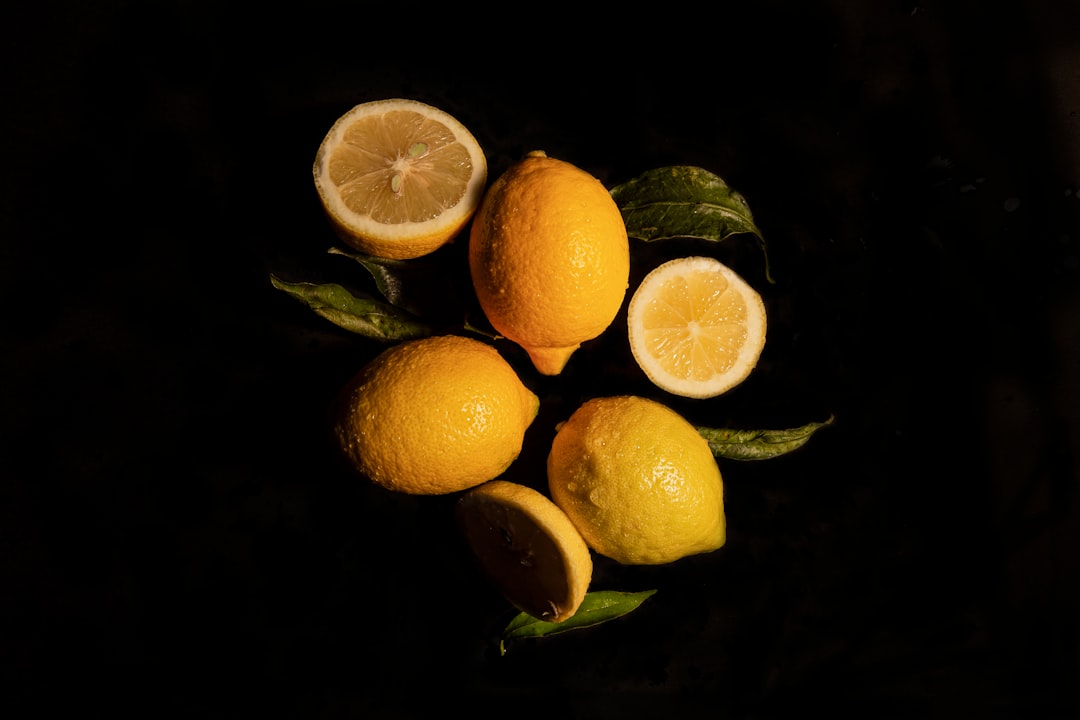The Magic of Dusty Miller: A Silver Addition to Your Garden

Annual flowers are a delightful addition to any garden, and among them, dusty miller stands out as a unique and charming choice. In this care guide, we will explore how you can grow dusty miller either in containers or directly in the ground, and discover why this plant is a must - have for adding a touch of silver to your outdoor space.
Dusty miller, scientifically known as Jacobaea maritima, is a plant that is relatively easy to grow, making it suitable for both novice and experienced gardeners. Its most distinctive feature is its silvery - gray foliage, which provides a beautiful contrast to the bright colors of other annual flowers in the garden. The leaves are soft and velvety to the touch, adding a tactile element to your garden as well.
### Growing Dusty Miller in Containers
One of the great advantages of growing dusty miller in containers is the flexibility it offers. You can move the containers around your garden to create different visual effects or to protect the plant from extreme weather conditions. When choosing a container for dusty miller, make sure it has good drainage holes. Dusty miller does not like to sit in waterlogged soil, as this can lead to root rot.
Fill the container with a well - draining potting mix. You can add some perlite or sand to the potting mix to improve drainage. Place the container in an area that receives full sun to partial shade. Dusty miller can tolerate some shade, but it will develop its best color and form in full sun. Water the plant regularly, but allow the soil to dry out slightly between waterings. Overwatering is one of the most common mistakes when growing dusty miller in containers.
### Growing Dusty Miller in the Ground
If you prefer to grow dusty miller in the ground, you need to prepare the soil properly. Choose a location that has well - drained soil and receives at least six hours of sunlight per day. Loosen the soil to a depth of about 12 inches and mix in some compost or well - rotted manure to improve the soil's fertility and drainage.
Dig a hole that is slightly larger than the root ball of the dusty miller plant. Place the plant in the hole and backfill with soil, gently firming the soil around the base of the plant. Water the plant thoroughly after planting. Once established, dusty miller is relatively drought - tolerant, but it still needs regular watering during dry spells.
### Care and Maintenance
Pruning is an important part of caring for dusty miller. You can pinch back the tips of the plant to encourage bushier growth. Remove any dead or damaged leaves regularly to keep the plant looking its best. Dusty miller is generally pest - and disease - resistant, but you still need to keep an eye out for common garden pests such as aphids and spider mites. If you notice any pests, you can use an insecticidal soap or neem oil to control them.
Fertilizing dusty miller is not necessary, but if you want to give it a boost, you can apply a balanced, slow - release fertilizer in the spring. However, be careful not to over - fertilize, as this can lead to excessive growth and a less attractive appearance.
### Using Dusty Miller in Your Garden Design
Dusty miller's silver foliage makes it a versatile plant in garden design. You can use it as a border plant, edging a flower bed or a walkway. It also looks great when planted in groups, creating a sea of silver in your garden. Combine dusty miller with other annual flowers such as petunias, marigolds, or zinnias to create a colorful and eye - catching display. The silver color of dusty miller will complement the bright colors of these flowers, making them stand out even more.
In conclusion, growing dusty miller is a rewarding experience. Whether you choose to grow it in containers or in the ground, this easy - to - grow plant will add a splash of silver to your garden and enhance its beauty. With proper care and maintenance, your dusty miller plants will thrive and provide you with years of enjoyment.